Importance of Corrosion Coupon Monitoring
Corrosion Coupon Monitoring technology plays an important role in industrial equipment monitoring. By using appropriate monitoring methods, you can find corrosion problems in time evaluate control effects, and provide operation and management information. It can also provide a scientific basis. This feature ensures the safety of operation and prolongs service life. Industrial enterprises should pay attention to the application of Corrosion Monitoring Technology, establish a perfect monitoring system, and improve the reliability and economic benefits of the equipment.
Common Corrosion Coupon Monitoring Method
- Weight Loss Method
This method is one of the most traditional and original corrosion monitoring methods. Put the corrosion coupons into the pipe or inside the equipment. After some time, please take out the corrosion coupon, clean it, and do precision weighing. By calculating the amount and rate of the corrosion, you can indirectly infer the equipment’s corrosion situation and inner wall.
- Resistance Method
The resistance Method is to monitor the corrosion rate to measure the change in metal sample resistance. When the cross-sectional area of the coupon reduces due to corrosion, the resistance value will increase. Resistance probes can monitor the corrosion condition of the equipment in real time, thus reflecting the corrosion rate and its change. Besides, the probe is suitable for many kinds of mediums.
- Linear Polarization Method
The Linear Polarization Method is a common electrochemical method for measuring the rate of metal corrosion. This method is based on the electrochemical method for measuring the rate of metal corrosion. However, the linear polarization method is not suitable for media with poor electrical conductivity and does not provide information on local corrosion.
- Ultrasonic thickness measurement
Ultrasonic thickness measurement uses ultrasonic waves to pass through the material and measure the characteristics of the echo to detect the wall thickness and corrosion of the material. By measuring the time or amplitude changes in the propagation of sound waves, it is possible to determine the thickness or corrosion of the material. Ultrasonic thickness measurement is widely used to detect corrosion damage inside chemical equipment and measure wall thickness.
Effect of Corrosion Coupon Monitoring
- Diagnose problems: Corrosion monitoring can help diagnose corrosion problems of the equipment. You can use a health management platform like PreMaint to monitor corrosion degree, rate, and location. Through it, you can find the corrosion damage and evaluate the severity of the problem. It provides a basis for the maintenance and repair.
Prevention of accidents: Corrosion monitoring can detect the corrosion status of the equipment in real-time and discover potential safety hazards early. By monitoring changes in corrosion, the life and remaining usable life of the equipment can be predicted, which helps to take appropriate preventive maintenance measures to avoid equipment failures and accidents.
- Evaluation of control effectiveness: Corrosion monitoring can assess the effectiveness of corrosion control and protection measures. Monitoring data changes reveal the effectiveness of measures taken. They indicate if one must adjust and enhance the protection scheme. This helps improve the equipment’s corrosion resistance.
- Provide operation and management information: Corrosion monitoring technology supplies real-time data on equipment. It informs decisions for operation and management staff. Monitoring data allows for crafting a solid maintenance plan. It also helps set maintenance intervals and operational parameters. This ensures equipment runs smoothly.
- Optimize maintenance strategies: Corrosion monitoring data can provide a basis for the formulation and optimization of maintenance strategies. By analyzing the corrosion status of the device, you can determine the appropriate maintenance time and method to avoid excessive or insufficient maintenance and improve maintenance efficiency and device reliability.
Corrosion Coupon Using Method
The main method to assess corrosion is mass loss. This method needs a long exposure to gather significant data. To analyze corrosion rates, workers must remove and clean the specimen. This process can alter future corrosion rates. These devices only recall cumulative information.
For instance, a stress corrosion crack might appear on a specimen after 12 months. However, it won’t show when the crack started or the exact causes. Without the initiation time, estimating the crack growth rate becomes challenging.
Inspecting the specimen takes a lot of work. It involves cleaning, weighing, and using a microscope. Simulating wear corrosion and heat transfer effects with test pieces is also tough.
Advantages
Its advantage is that after the sample is taken out, the surface morphology of the sample can be observed and the surface corrosion products can be analyzed, so as to determine the type of corrosion. The disadvantage of this method is that it cannot reflect the influence of rapid change of process parameters on the corrosion rate, and can not detect the short-term corrosion amount or occasional local serious corrosion, so it can not be used for online monitoring
Limitations
The limitations of the hanging method mainly lie in:
- The test cycle can only be limited by the production conditions and the maintenance plan (the time interval between two stops), which is very passive for the corrosion test.
- The hanging method can only give the total corrosion between two stops, provide the average corrosion speed during the test cycle, and cannot reflect the corrosion changes caused by changes in the important medium conditions, nor can it detect the short-term corrosion amount or occasional local serious corrosion state.



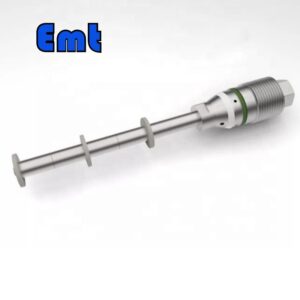
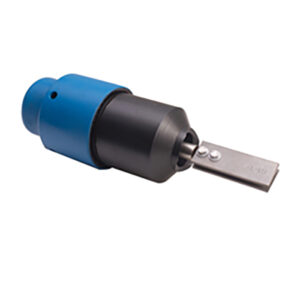

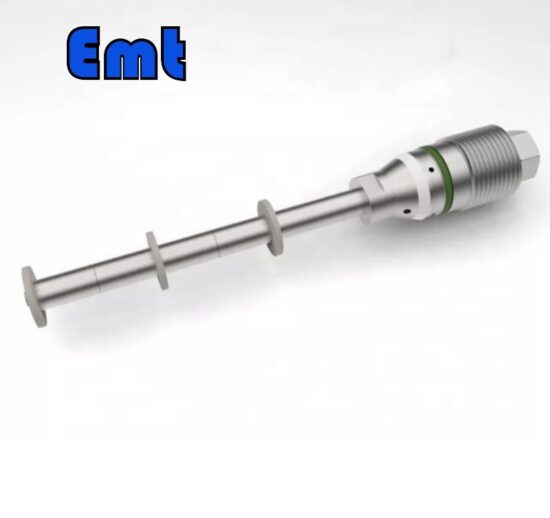
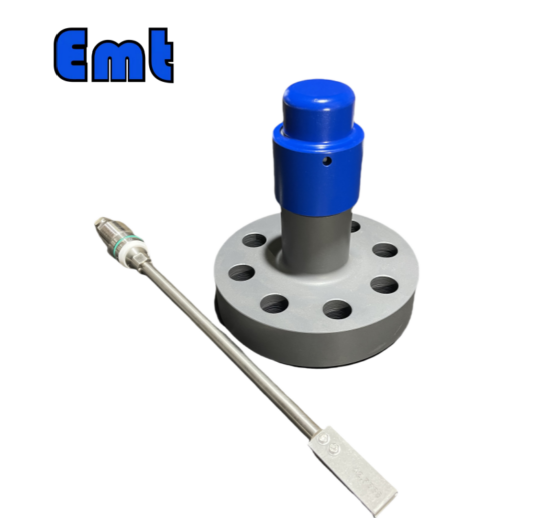
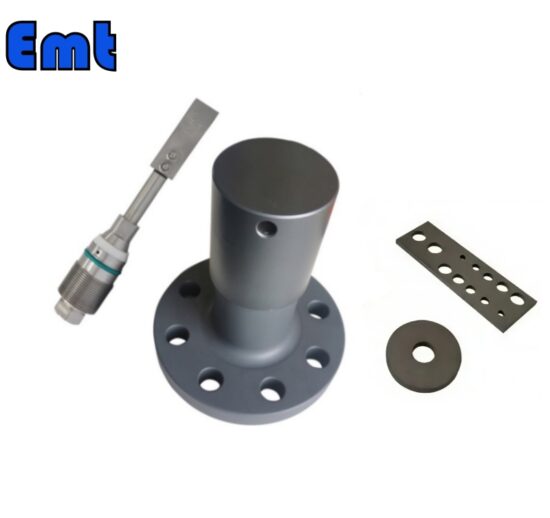
There are no reviews yet.